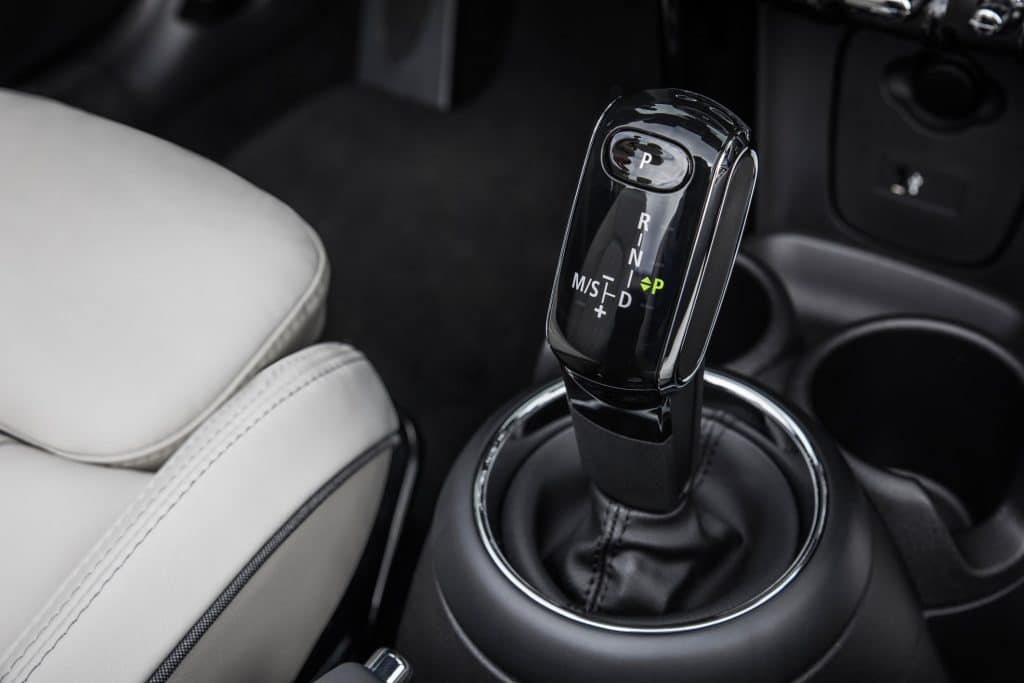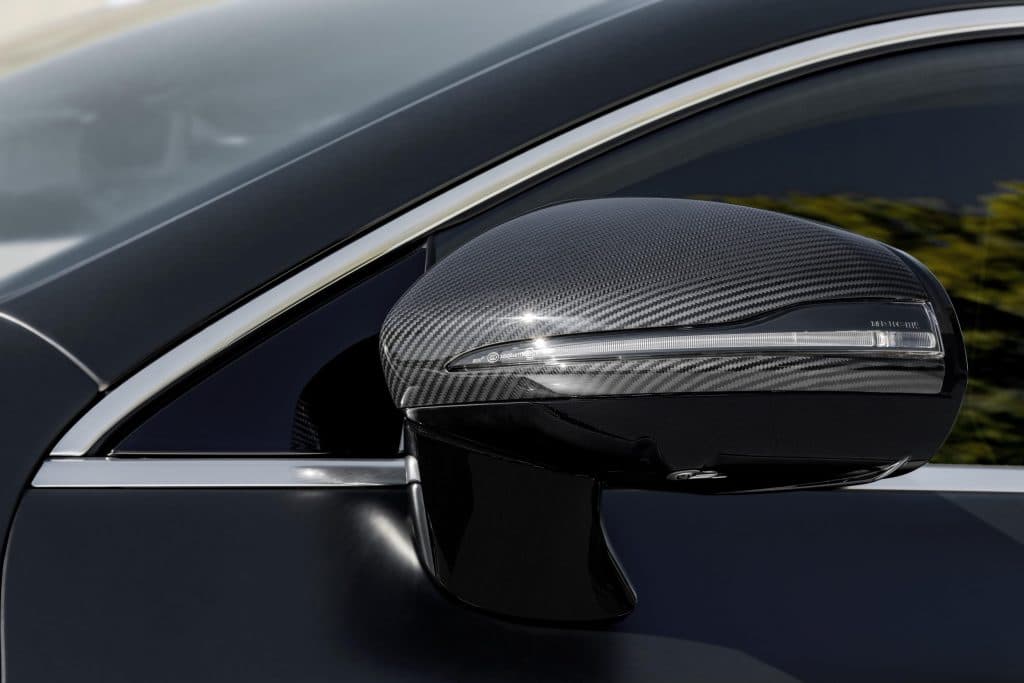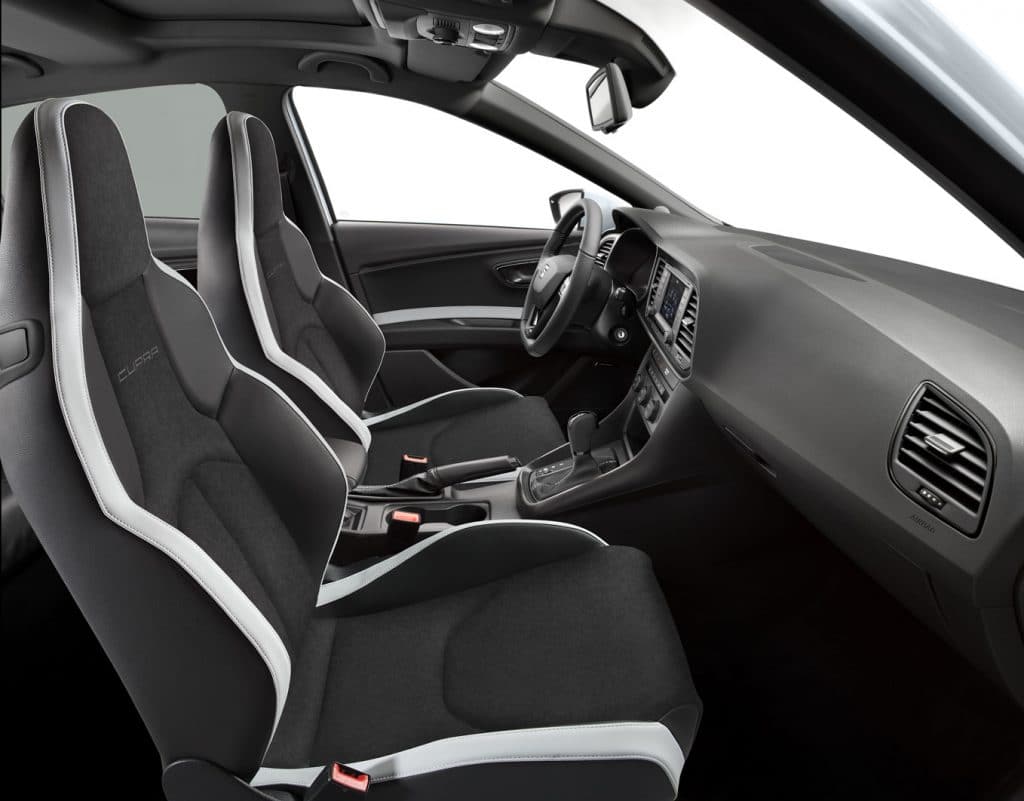The coronavirus pandemic has made people more aware of cleanliness than ever. Though the COVID-19 is most dangerously transmitted from person to person, it can also live on harder surfaces – meaning that ensuring any areas you come into contact will need to be cleaned well.
A car is a high-traffic area in terms of contact areas. Of course, the government is advising that people stay at home unless you’re travelling for key reasons, but many will still be using their vehicles to collect key essentials or travel to work if they are unable to do so at home. So it’s still crucial to make your car as hygienic as possible – and here’s how to do it. Remember, however, that at the time of writing you should only be leaving the house to:
• Shop for necessities
• Go to work (if you cannot work from home)
• Attend medical appointments (either for yourself or someone vulnerable).
• Exercise once a day
In addition, these tips can’t be taken as medical or official advice – though there are good ways of keeping your car clean. For crucial medical advice and the latest information, always refer to government guidelines at www.gov.uk/coronavirus.
Where should I start cleaning?
It’s best to first think about the most-touched areas of a car. The steering wheel is a big one, of course, but then there’s also the gearstick, handbrake, stereo controls and the armrests at either side. Plus, it’s worth thinking about the outside of the car too – the door handles and boot opener are likely spots, so it’s good to identify these too.

Once you’ve checked out where to aim for, it’s time to start cleaning. Oh, and we’d advise putting gloves on (if you have them) when cleaning, to save undoing any cleaning work that you’re doing. Wash your hands before you put the gloves on, too.
Can I clean the outside of the car like I usually do?
Yes, usual car exterior cleaning products are best used here. We’d just advise that once you’ve finished cleaning a car in the usual way, that you go around those key touchpoints we discussed – the handles and boot opener, for instance – with antibacterial spray or wipes in order to double up on the cleaning work you’ve done.
How do I clean these surfaces now I’ve found them?
Of course, many disinfecting sprays are in short supply at the moment, but there’s no need to worry. Traditional car cleaners are a good place to start, and if those aren’t to hand then you could use traditional hand soap with water – this might take longer to use, however.

If you’re worried about a specific product being unsuitable for a certain area, then try a small, inconspicuous patch to make sure it’s not going to cause any damage first.
The aim here is to clean the areas in the traditional sense before finishing off with antibacterial wipes or spray. You’re effectively doing a double-action clean in this way.
If you’ve not got any car-specific cleaners to hand, then home-made remedies such as soap and water can work just as well – just please avoid bulk-buying car cleaners.
What about fabrics?
Cleaners made specifically for fabrics are best used on the seats and upholstery, as they’re designed to be a little gentler than others. Take your time here, as scrubbing too hard can often cause damage to the fabric.

Not only will this help to clean the seats, but it’ll also freshen them up in terms of smell and colour – it’s a win-win!
Glass and harder plastics – what do I use there?
There are plenty of products made specifically for hard plastics and glass, but if you’re struggling to find these car-related cleaners, then home sprays can work too. Traditional glass cleaning sprays can work well on windows, mirrors and interior lights. Just remember to take it easy when spraying near electricals, and use a soft cloth to wipe away residue straight away.
Finish off with antibacterial wipes or spray
If you’ve got them to hand, then it’s a good idea to give all of those key touchpoints a going over with an antibacterial wipe or spray – even after you’ve cleaned them in the traditional way. If you concentrate on your usage of them, there shouldn’t be too much need to use a lot of product or wipes.
This gives it a last once-over to ensure that it’s as clean as can be. Oh, and if you don’t have wipes to hand then a usual multi-purpose spray can be used, just apply a small amount onto a clean paper towel and use this to wipe down the areas you need to.
Wash your hands
After you’ve done all of this, it’s paramount that you wash your hands again – thoroughly and properly. This will make sure that if anything has been transmitted to your hands it’s washed off immediately. If you were wearing gloves, put them in the wash straight away or bin them if they are disposable ones.

